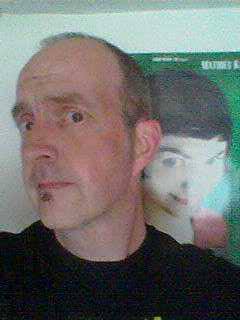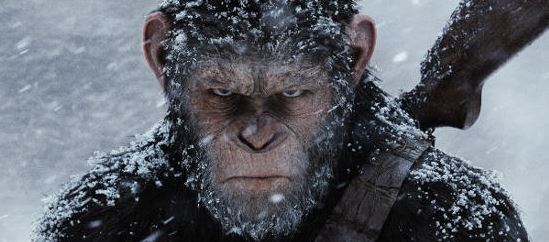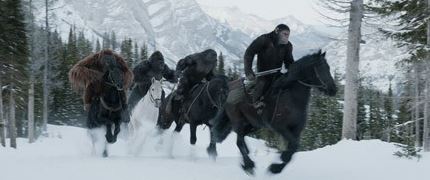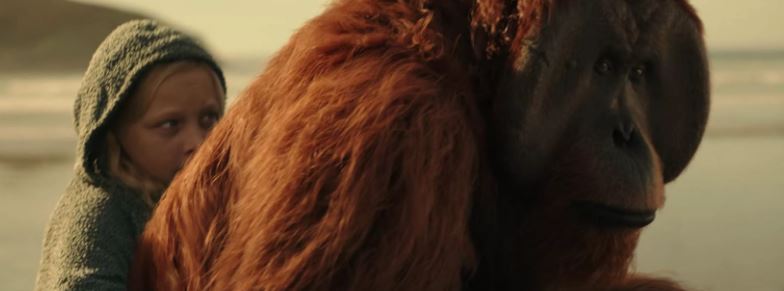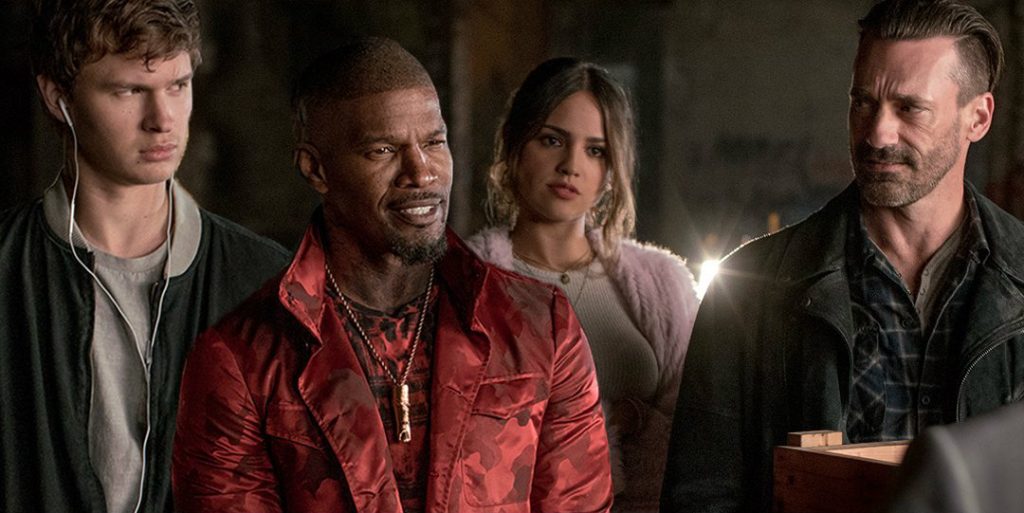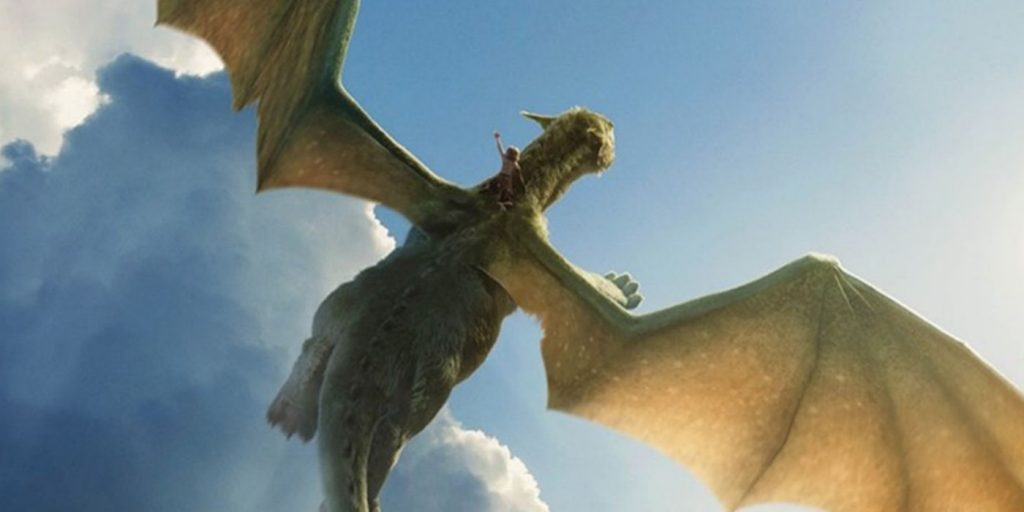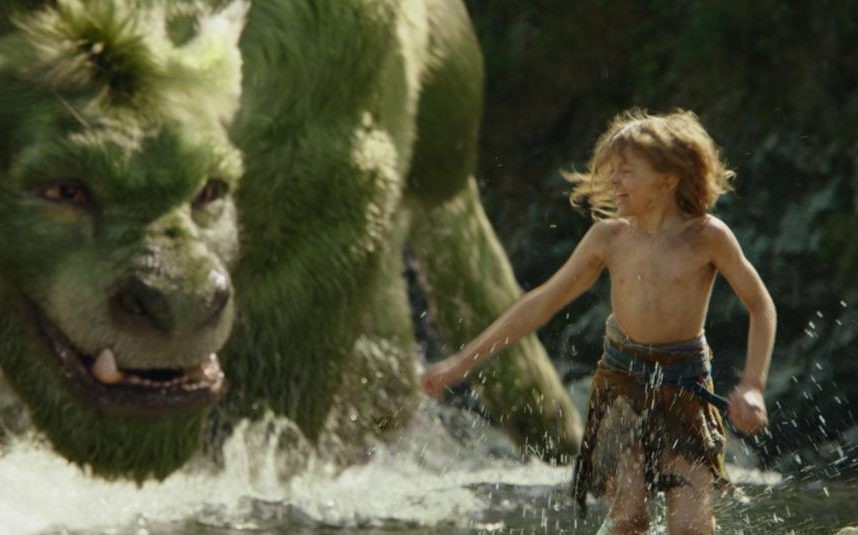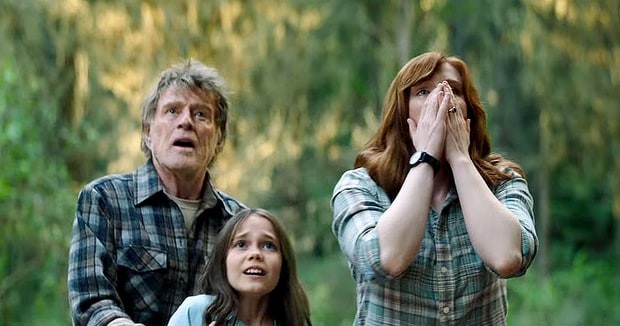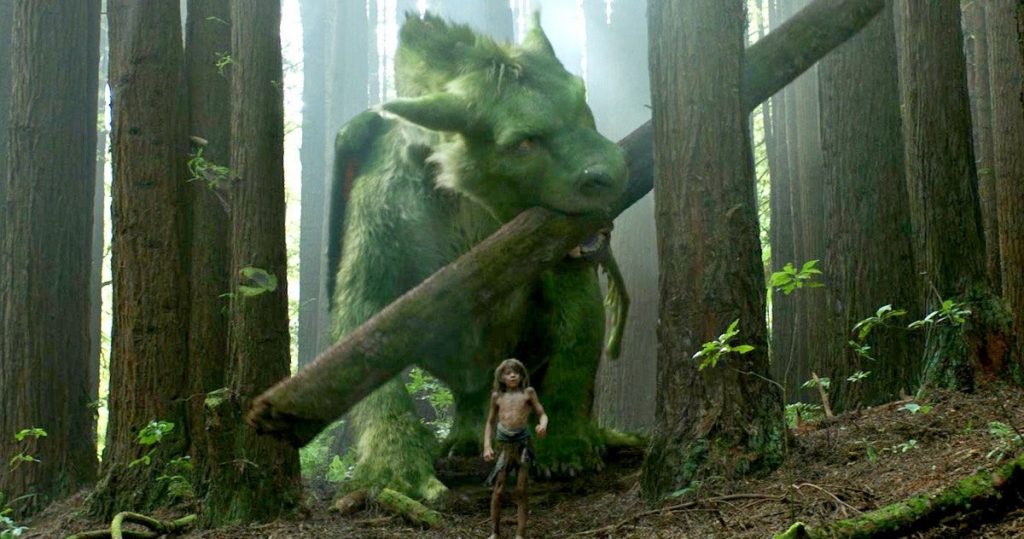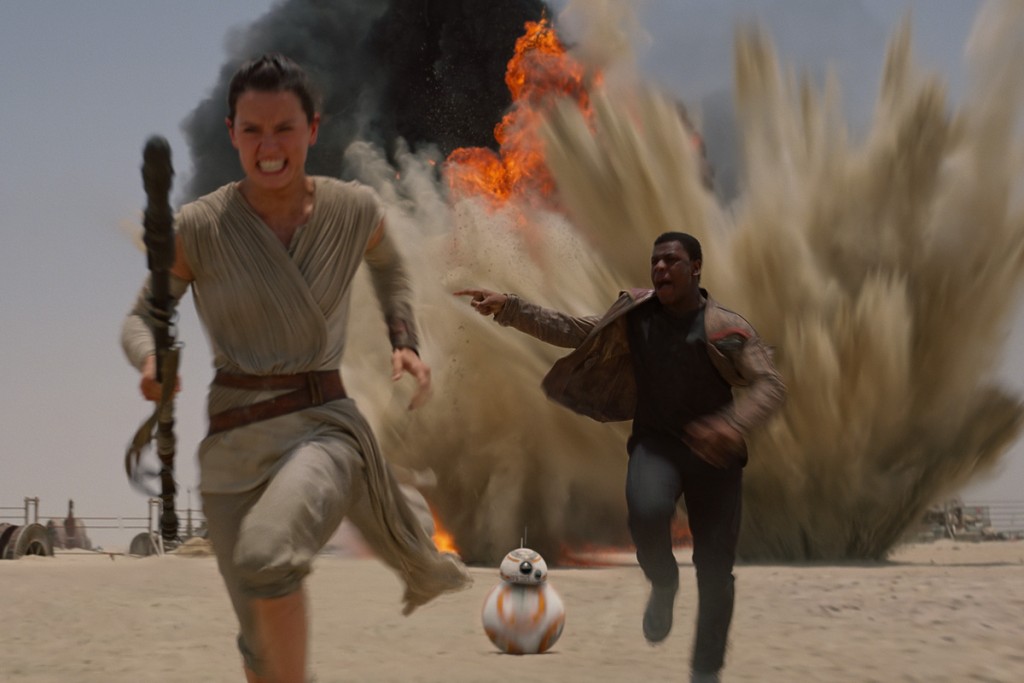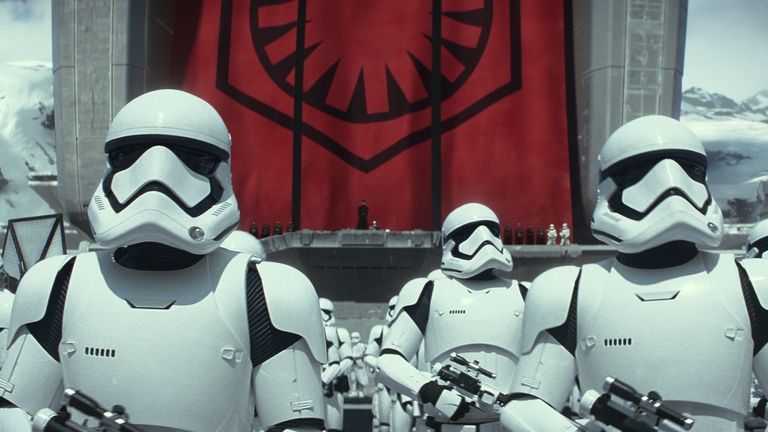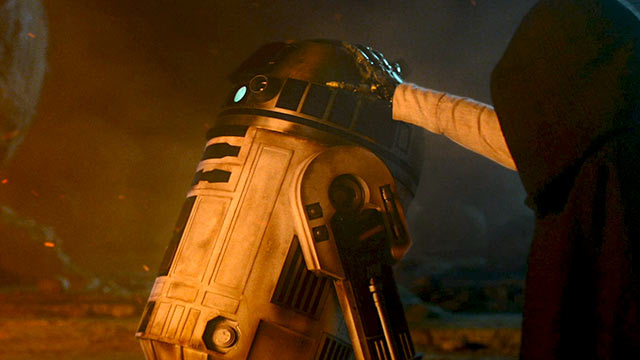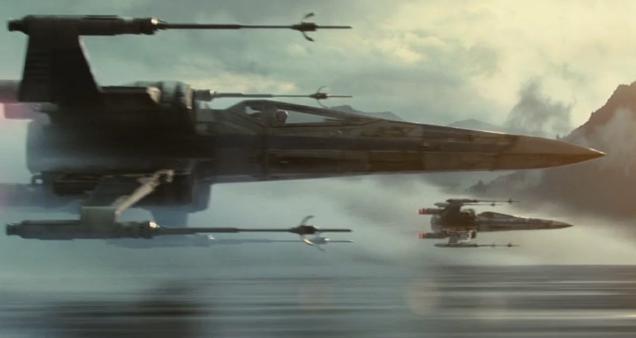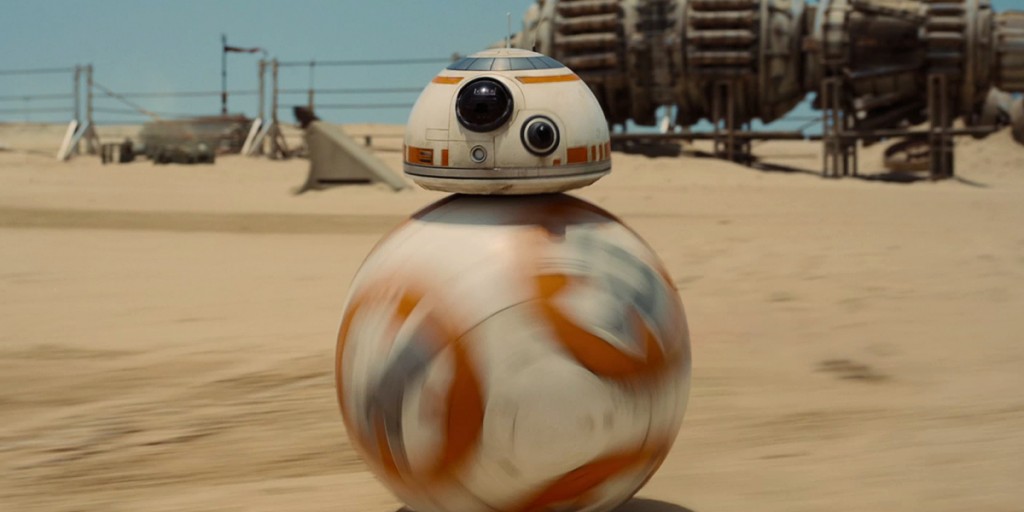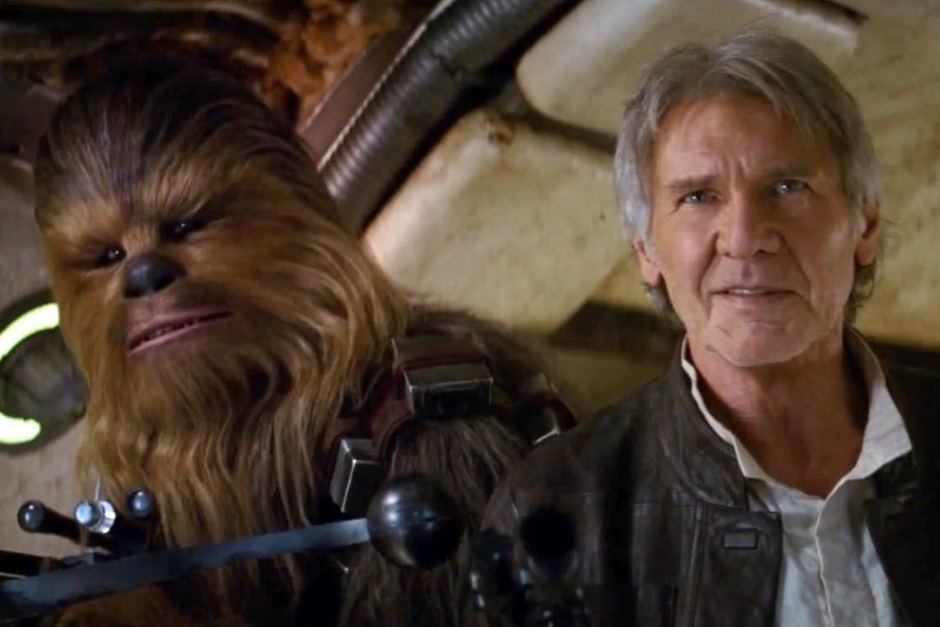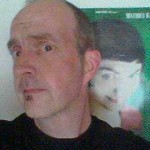IT (BBFC 15, 2hrs 15mins)

It may not be the best adaptation of a Stephen King novel to make it to the screen but it is certainly the most Stephen King adaptation to make it to the screen. It really feels like a Stephen King novel, it understands what it is that makes his novels so readable and, whilst it is not a direct lift of page to screen, it manages to deliver everything that any fan could want (unless you actually want a direct lift of page to screen, that is). King knows that time spent with characters is as important (if not more) as the moments of horror they have to endure or succumb to, we have to know them and empathise with them for the scares to hit home, and It understands this as well: there are as many scenes that will have you laughing and/or crying as there are sequences that will have watching between your fingers. It’s proper scary as well as being lump-in-your-throat inducingly moving.
Something evil stalks the streets of Derry, Maine. Something that eats children and bathes in their fear. Something that haunts the town every twenty-seven years. When little Georgie Denbrough (Jackson Robert Scott) seemingly vanishes into thin air, his brother Bill (Jaeden Liebeher) and six pals (collectively known as The Losers Club) decide that only they can solve the mystery of a town with a disturbingly high rate of child disappearances. What begins as a Hardy Boys Mystery adventure for the kids soon becomes a battle for their very lives as they uncover the terrifying truth: Derry is the home of an ancient evil, an evil that can shapeshift and become the manifestation of a child’s deepest fear, but most often it appears as uber-creepy clown Pennywise (Bill Skarsgård).

Director Andy Muschietti plays the horror of Derry on two fronts, there’s Pennywise, of course, but there’s also something about the town that breeds bullying, abuse racism and violence, there’s not only supernatural horror but everyday horror that dwells here. The first half of King’s novel placed The Losers Club’s investigation in the late 1950’s, here Muschietti (along with screenwriters Chase Palmer, Gary Dauberman and Cary Fukunaga) has transposed the action to the late 1980’s and replaced the kids’ fears of The Wolfman and The Mummy with things drawn directly from their psyche to give the film a more contemporary, not to mention relatable, feel. How these fears manifest themselves via Pennywise and his shape changing ability are at once strange and horrifying and pant-wettingly scary, one example *SPOILER*: the sole female member of the gang, Beverly (Sophia Lillis), has a fear of puberty and menstruation, there will be blood. And lots of it.

The young cast are very good indeed, along with the afore mentioned Scott, Liebeher and Lillis there are some great performances from Jeremy Ray Taylor as the chubby nerd Ben, Chosen Jacobs as Mike, Jack Dylan Fraser as germ phobic Eddie, Wyatt Olef as Stanley and, best of all Finn Wolfhard as bespectacled smart aleck Richie. But it’s Pennywise you’ve really come to see and Bill Skarsgård and the make-up and effects department don’t let you down. Although his appearances are kept to a minimum he’s the movie monster that will have grown men sleeping with the lights on. He’s all weird angles, distressing stillness and a fast-forward effect so chilling it gives you goose-bumps in even your warmest of places. Even if you’ve never suffered Coulrophobia (a fear of clowns) there is a distinct possibility you’ll have it in spades after watching It.

However, there are a few structural problems with the film, for example each of the kids’ encounters with their fears/Pennywise feel somewhat disjointed and episodic (an effect that is heightened by the interstices between each that tonally and dramatically give this portion of the film a kind of stop/start momentum). The dialogue tends to get rather heavy-handed and clunky whenever there’s a whiff of exposition and it tends to lean into its 1980’s references a little too heavily. There’s also a lot of connective tissue between It and the Netflix serial Stranger Things, not least being the appearance of Finn Wolfhard in both, and it’s a shame because this might be detrimental to some viewers, but if you can put these qualms to one side you’re in for a fun and scary ride (if a film about child murdering can be fun).
Now, people who’ve read the novel or seen the 1990 mini-series adaptation (you know, the one with John Boy Walton and Tim Curry) might wonder why I haven’t mentioned the second half of the story, the half where The Losers Club come together again as adults to continue the fight. Well, there’s a good reason for that, you see this is only Chapter One, the second (and final) chapter hasn’t even started filming yet so don’t expect it for at least another 18-24 months. Having said that, It stands alone pretty well and there’s a satisfying conclusion to this part that is definitely no lead balloon. So, until Chapter Two comes out you’ll just have to float along on the waves of expectation and anticipation… We all float down here.
Andy Oliver
